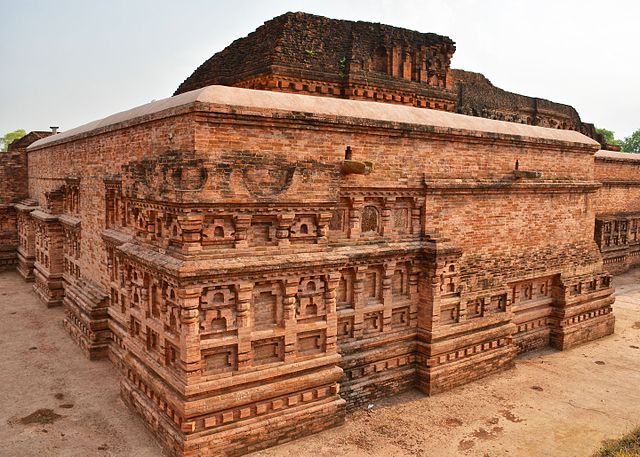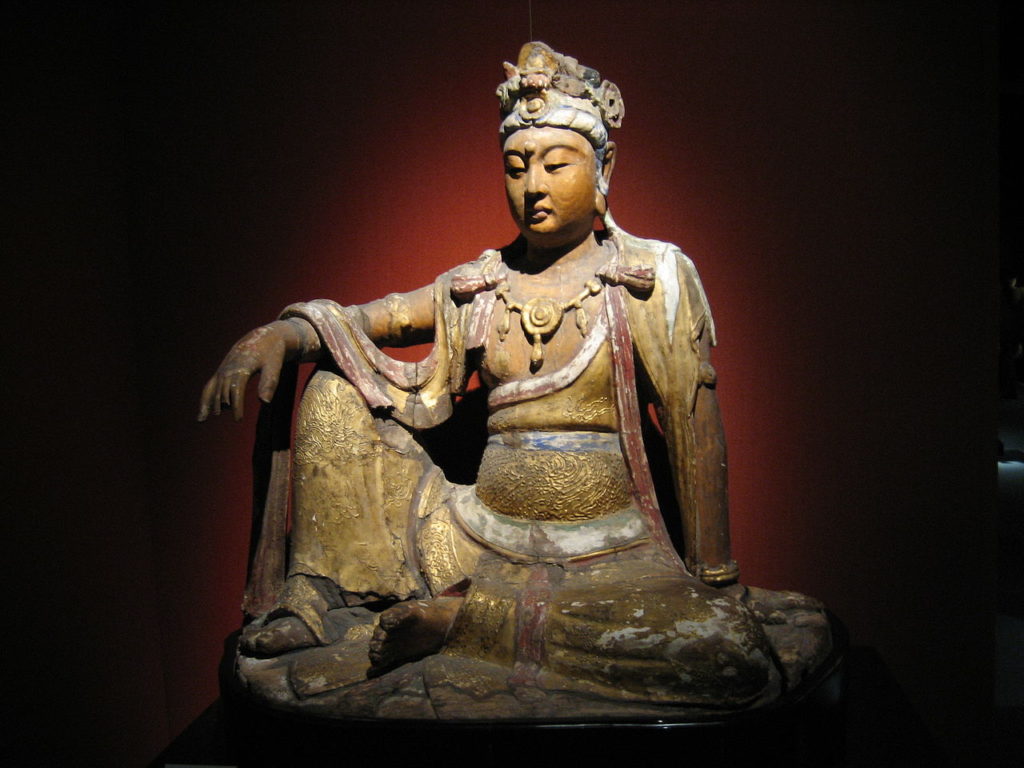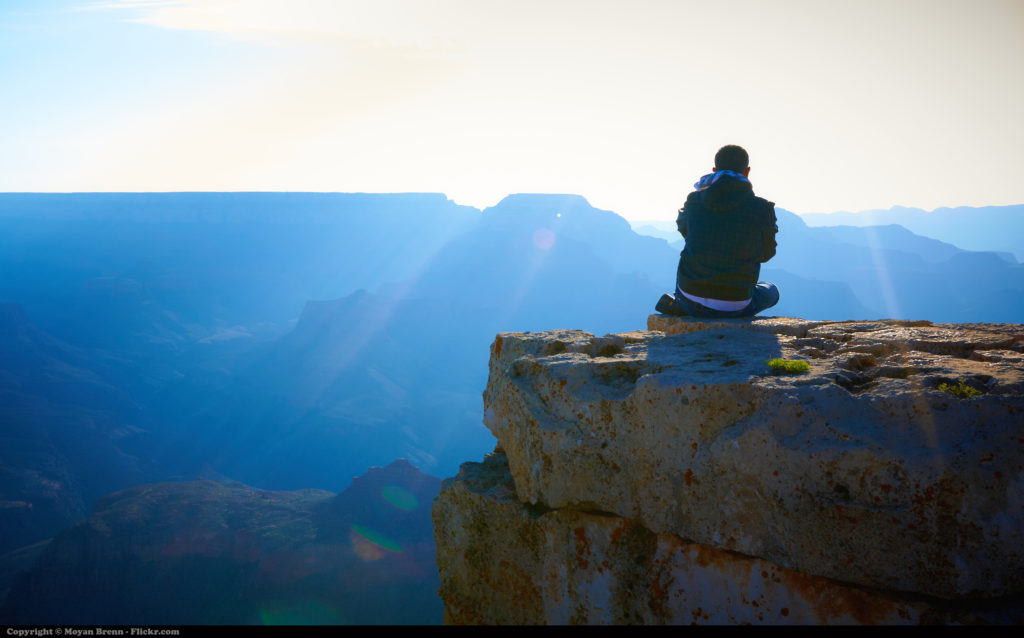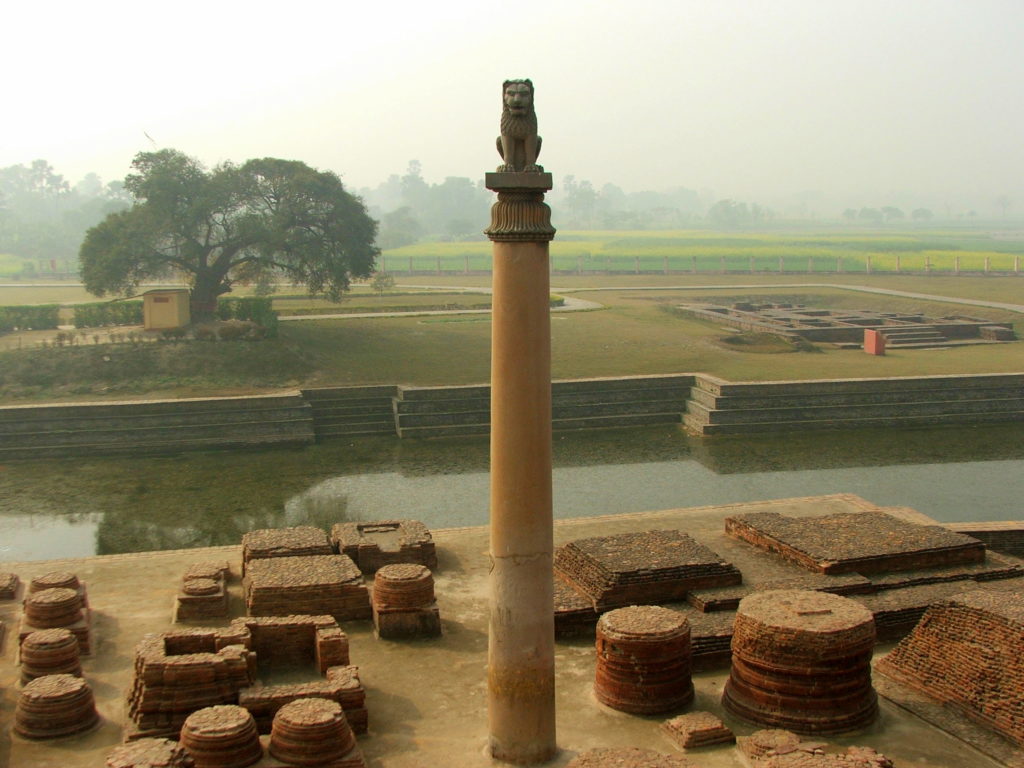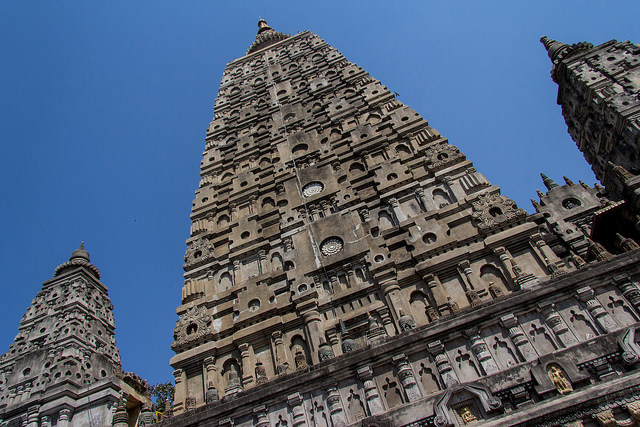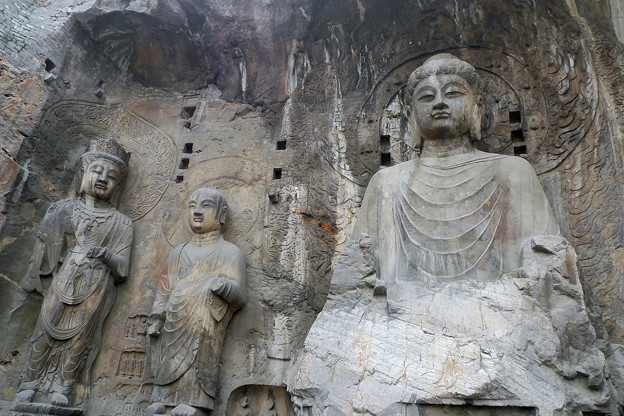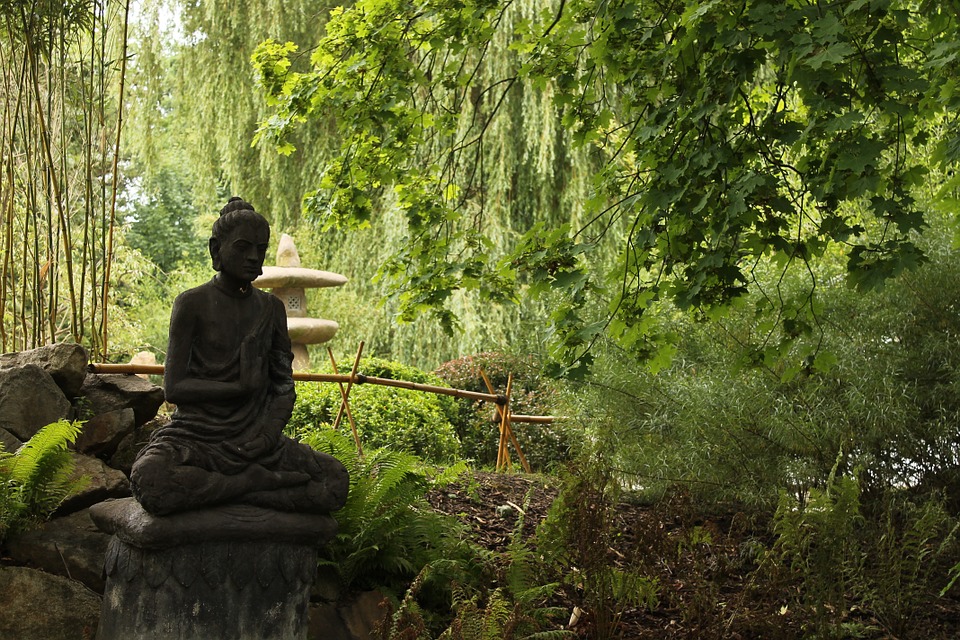Philosophers eastern and western have wrestled with the concept of self for many centuries. What is the self?
The Buddha taught a doctrine called anatta, which is often defined as no-self, or the teaching that the sense of being a permanent, autonomous self is an illusion. This does not fit our ordinary experience. Am I not me? If not, who is reading this article right now?
To add to the confusion, the Buddha discouraged his disciples from speculating about the self. For example, in the Sabbasava Sutta (Pali Sutta-pitaka, Majjhima Nikaya 2) he advised us not to ponder certain questions, such as Am I? Am I not?, because this would lead to six kinds of wrong views:
- I have a self.
- I have no self.
- By means of a self I perceive self.
- By means of a self I perceive not-self.
- By means of not-self I perceive self.
- The self of mine that knows is everlasting and will stay as it is forever.
If you are now thoroughly baffled — here the Buddha is not explaining whether you do or don’t have a self; he is saying that such intellectual speculation is not the way to gain understanding. And notice that when one says I have no self, the sentence assumes a self that doesn’t have a self.
So, the nature of the no-self is not something that can be grasped intellectually or explained with words. However, without some appreciation of anatta you will misunderstand everything else about Buddhism. Yes, its that important. So lets look at the no-self more closely.

Anatta or Anatman
Very basically, anatta (or anatman in Sanskrit) is the teaching that there is no permanent, eternal, unchanging, or autonomous self inhabiting our bodies or living our lives. Anatman is contrasted with the Vedic teachings of the Buddhas day, which taught that there is within each of us an atman, or an unchanging, eternal soul or identity.
Anatta or anatman is one of the Three Marks of Existence. The other two are dukkha (roughly, unsatisfying) and anicca (impermanent). In this context, anatta often is translated as egolessness.
Of critical importance is the teaching of the Second Noble Truth, which tells us that because we believe we are a permanent and unchanging self, we fall into clinging and craving, jealousy and hate, and all the other poisons that cause unhappiness.
Theravada Buddhism
In his book What the Buddha Taught, the Theravadin scholar Walpola Rahula said,
According to the teaching of the Buddha, the idea of a self is an imaginary, false belief which has no corresponding reality, and it produces harmful thoughts of me and mine, selfish desire, craving, attachment, hatred, ill-will, conceit, pride, egoism,and other defilements, impurities and problems.
Other Theravadin teachers, such as Thanissaro Bhikkhu, prefer to say that the question of a self is unanswerable. He said,
In fact, the one place where the Buddha was asked point-blank whether or not there was a self, he refused to answer. When later asked why, he said that to hold either that there is a self or that there is no self is to fall into extreme forms of wrong view that make the path of Buddhist practice impossible.
In this view, even to reflect on the question of whether one has or does not have a self leads to identification with a self, or perhaps an identification with nihilism. It is better to put the question aside and focus on other teachings, in particular the Four Noble Truths. The Bhikkhu continued,
In this sense, the anatta teaching is not a doctrine of no-self, but a not-self strategy for shedding suffering by letting go of its cause, leading to the highest, undying happiness. At that point, questions of self, no-self, and not-self fall aside.
Mahayana Buddhism
Mahayana Buddhism teaches a variation of anatta called sunyata, or emptiness. All beings and phenomena are empty of self-essence.
This doctrine is associated with a 2nd century philosophy called Madhyamika, school of the middle way, founded by the sage Nagarjuna. Because nothing has self-existence, phenomena take existence only as they relate to other phenomena. For this reason, according to Madhyamika, it is incorrect to say that phenomena either exist or dont exist. The middle way is the way between affirmation and negation.
Read More: The Two Truths: What Is Reality?
Mahayana Buddhism also is associated with the doctrine of Buddha Nature. According to this doctrine, Buddha Nature is the fundamental nature of all beings. Is Buddha Nature a self?
Theravadins sometimes accuse Mahayana Buddhists of using Buddha Nature as a way to sneak atman, a soul or self, back into Buddhism. And sometimes they have a point. It is common to conceive of Buddha Nature as a kind of big soul that everyone shares. To add to the confusion, sometimes Buddha Nature is called original self or true self. I’ve heard Buddha Nature explained as a big self, and our individual personages as a the small self, but I’ve come to think that is a very unhelpful way to understand it.
Mahayana teachers (mostly) say that it is incorrect to think of Buddha Nature as something we possess. Zen master Eihei Dogen (1200-1253) made a point of saying that Buddha Nature is what we are, not something we have.
In a famous dialogue, a monk asked Chan master Chao-chou Tsung-shen (778-897) if a dog has Buddha nature. Chao-chous answer — Mu! (no, or does not have) has been contemplated as a koan by generations of Zen students. Very broadly, the koan works to crush the concept of Buddha Nature as a kind of self we carry around with us.
Dogen wrote in Genjokoan —
To study the Buddha Way is to study the self. / To study the self is to forget the self. /To forget the self is to be enlightened by the 10,000 things.
Once we thoroughly investigate self, self is forgotten. However, I am told, this doesnt mean that the person you are disappears when enlightenment is realized. The difference, as I understand it, is that we no longer perceive the world through a self-referential filter.
